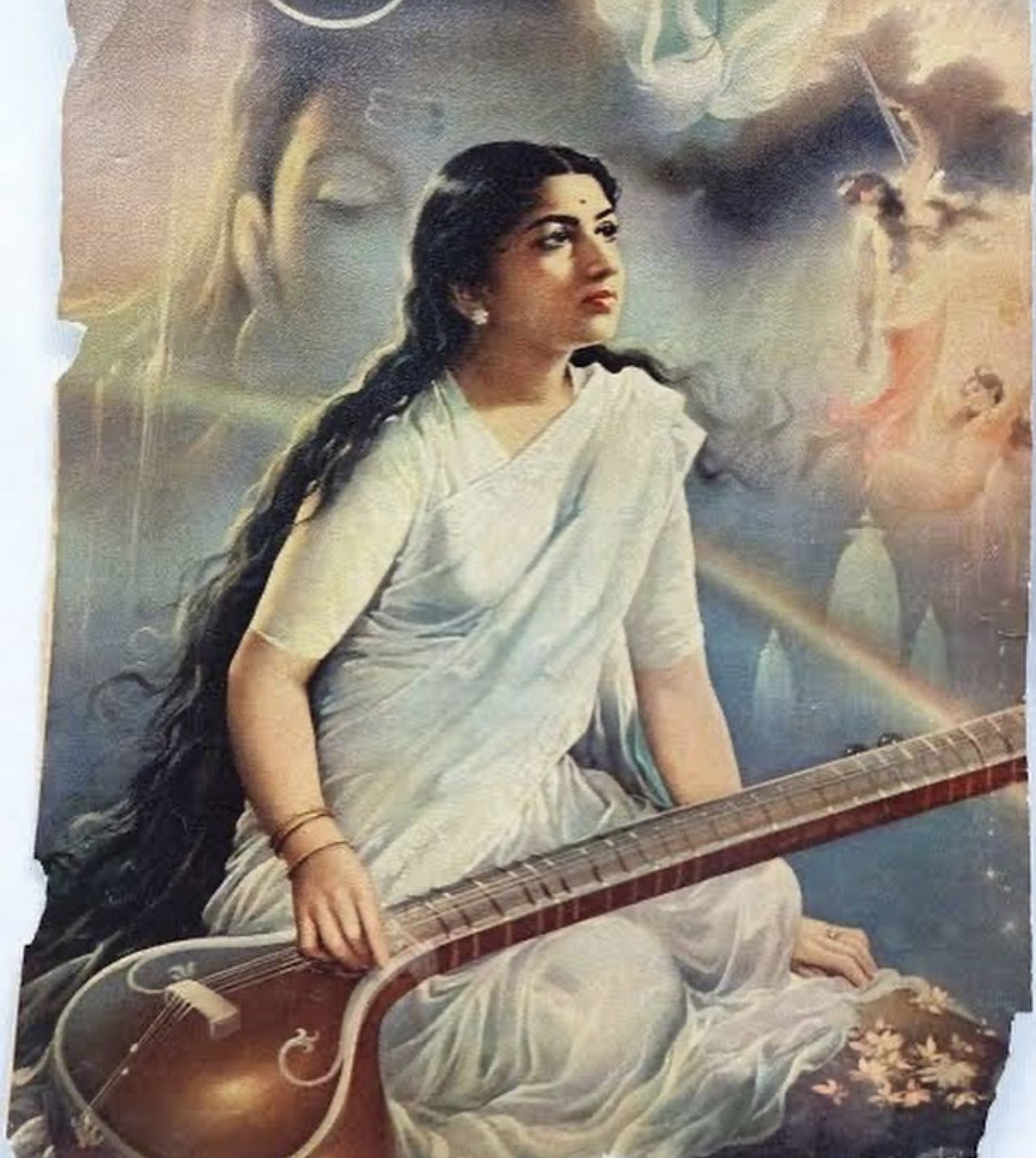Cultural Commodities: An Interview with Dorotheum’s London Director Martina Batovic – RAJESH PUNJ..
Prizing apart a two-part puzzle has in auction speak become something of a ‘commercial adventure’ for auction houses younger and longer established than either Sotheby’s or Christie’s. Swiss auctioneer and collector Simon de Pury saw his merger with Phillips in 2001, creating Phillips de Pury and Company, as an opportunity to dilute a duopoly in favour of a triumvirate; and by virtue of his arrogance and audacity the art market was galvanized. Offering up a platform for other auction houses to follow suit, and become more actively involved in the high stakes of high art. Trading the artifacts and aesthetics of the works of old, modern and contemporary masters, Bonham’s, Koller, and Vienna’s Dorotheum among others, have for many years now operated as intensely as their counterparts, and for their scale appear to enjoy a greater personal involvement as to how they deliver art to their audiences.
Principally profiting from the cyclical exchange of secondary market spoils, auction houses have over the centuries become an attractive arena, in which as much conjecture and camaraderie was aired as the actual business of bidding. Illustrated in an engraving that accompanies Rudolph Ackerman’s 1808 publication The Microcosm of London, in which a room of patricians applythemselves to the rules of trading in a salon styled setting; visually if not vocally it well demonstrated the unbridled appetite audiences have always had for acquiring objects of beauty. An egalitarian exercise of giving an object over to the highest bidder, auction houses engender an atmosphere, with the auctioneer at the helm, that is intended to encourage an avalanche of extemporaneous bidding in an attempt to secure an object as one’s own. And such was the theatre, evident in Ackerman’s 1808 image and scenes like it, that everyone’s jousting was seen as much a posturing of power as a pitting of wits, to attain a work of considerable merit come hell or high water.
A somewhat more dignified endeavour now, as the internet and anonymous bidding have altered the anatomy of an auction room, much of the postulating has been replaced by premeditated bids. When a work is considered for its pecuniary by its pictorial strengths. As is eloquently explained by Dorotheum’s Martina Batovic, who from her modestly sized London office cum showroom (with outposts in Milan, Rome, Düsseldorf, Munich, Prague and Brussels), espouses the social intercourse that successfully sustains the Venetian brand as one of the leading auction houses in Europe. Applying her own sensibilities to an extended strategy for her hub of the company, Batovic is of an
environment in which art is engaged with as a cultural commodity. Addressing her audience as ‘clients’ and ‘collectors’ registers the intention of the auction house over the museum. As an auction begets a nonpartisan public the power and privilege to acquire a work of art. And by virtue of such procurable actions a modern or Old Master painting altered from artwork to acquisition, as the artist’s labour and language is in that moment measured for its monetary value. A transformation exemplified by American critic Jerry Saltz when he argued “people look at (Edvard Munch’s) The Scream or (Vincent) Van Gogh’s Irises, or a (Pablo) Picasso, and see its new content: money.”
I think for many auction houses it is easy to forget that contemporary auctions only started in the late 70s, really early 80s, and they were so minuscule to begin with that even into the nineties they weren’t really paid so much attention to as they are today. It is in that period between very late 90s and 2005- 2007, that prices just went three-fold, four- fold, in some instances for certain artists.
Read More>> Please Subscribe our Physical Magazine



